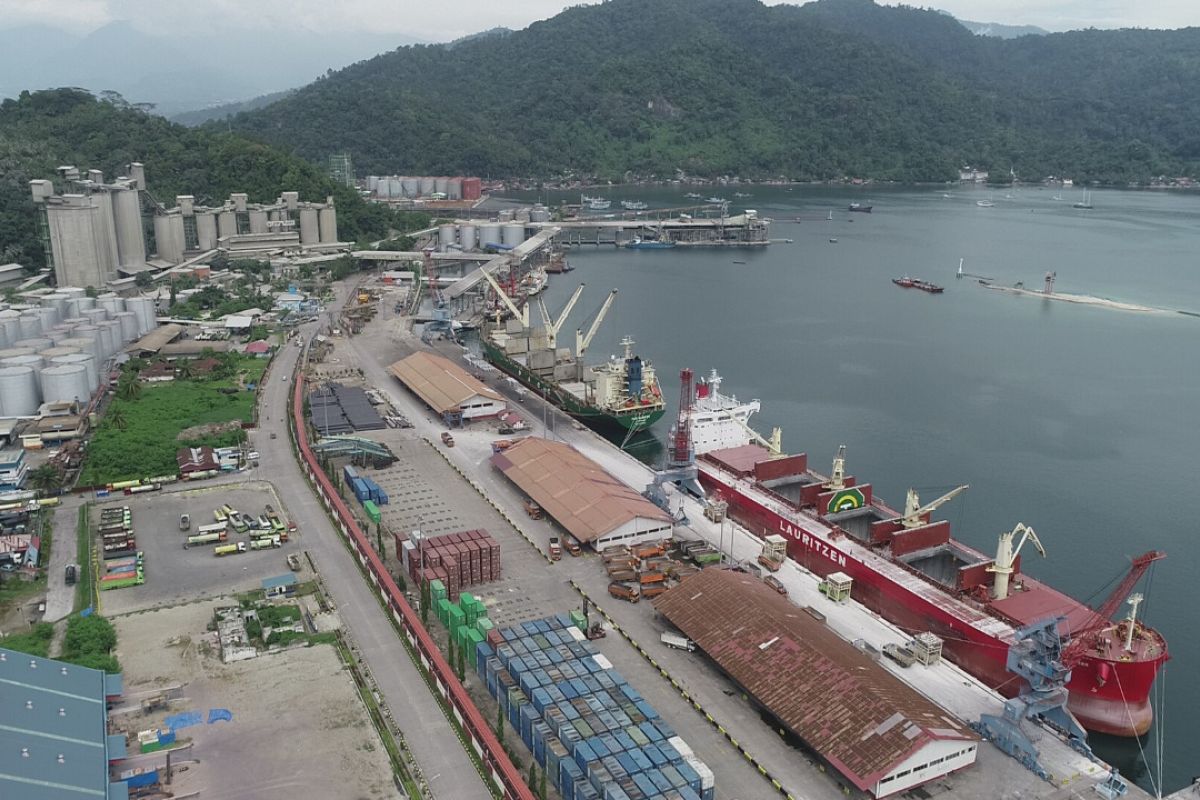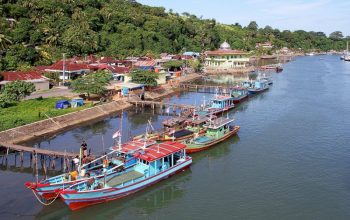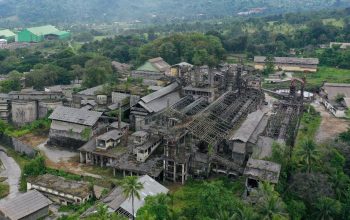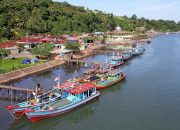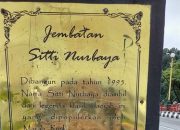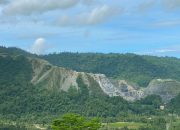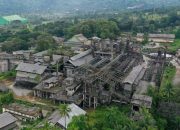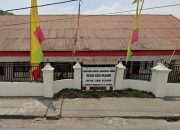The Port of Teluk Bayur, located in West Sumatra, Indonesia, has a rich history that dates back to the colonial era. Originally named Emmahaven, the port was established by the Dutch colonial government in the late 19th century to facilitate the transportation of goods, particularly agricultural products and minerals, from the region to Europe and other parts of the world.
The construction of the port began in 1888 and was completed in 1893. It was named after Queen Emma of the Netherlands, who was the regent of the country during that time. The port’s strategic location on the west coast of Sumatra made it an essential hub for trade and economic activities.
In 1942, during World War II, the Japanese occupied Indonesia and took control of the port. After Indonesia gained independence in 1945, the port was renamed Teluk Bayur. Since then, it has undergone several expansions and modernizations to accommodate the growing demands of international trade.
Today, Teluk Bayur is one of the main ports in Indonesia, playing a crucial role in the export of commodities such as coal, cement, rubber, and other agricultural products. Its development over the years has significantly contributed to the economic growth of West Sumatra and Indonesia as a whole.
